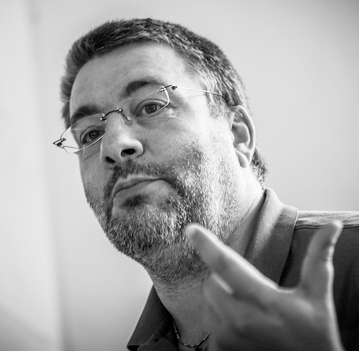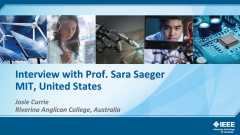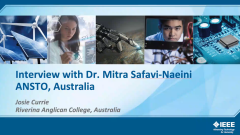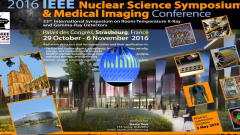This NPSS Educational Video will show all the tricks necessary to reach a clock distribution timing accuracy below 5 ps in a large particle physics experiment.
The MEG II experiment, based at PSI in Switzerland, aims to detect rare muon decay events. A critical aspect of this experiment is the precise measurement of the timing of both the calorimeter and timing counters, achieving accuracy within a few picoseconds. This precision is made possible by employing the DRS4 Switched Capacitor Array ASIC alongside a sophisticated timing system. This system integrates a custom crate standard to ensure synchronization across more than 30 crates, encompassing over 9000 channels. The video will focus on the practical insights gained from designing and operating such an extensive system over several years. Key areas of discussion will include strategies for clock generation and distribution, methods for jitter reduction, the impact of noise, and techniques for global time calibration. The experiences and lessons learned from this endeavor will be shared in a manner that is highly relevant and transferable to other experiments striving to achieve optimal timing precision.
This NPSS Educational Video will show all the tricks necessary to reach a clock distribution timing accuracy below 5 ps in a large particle physics experiment.
 Cart
Cart Create Account
Create Account Sign In
Sign In






